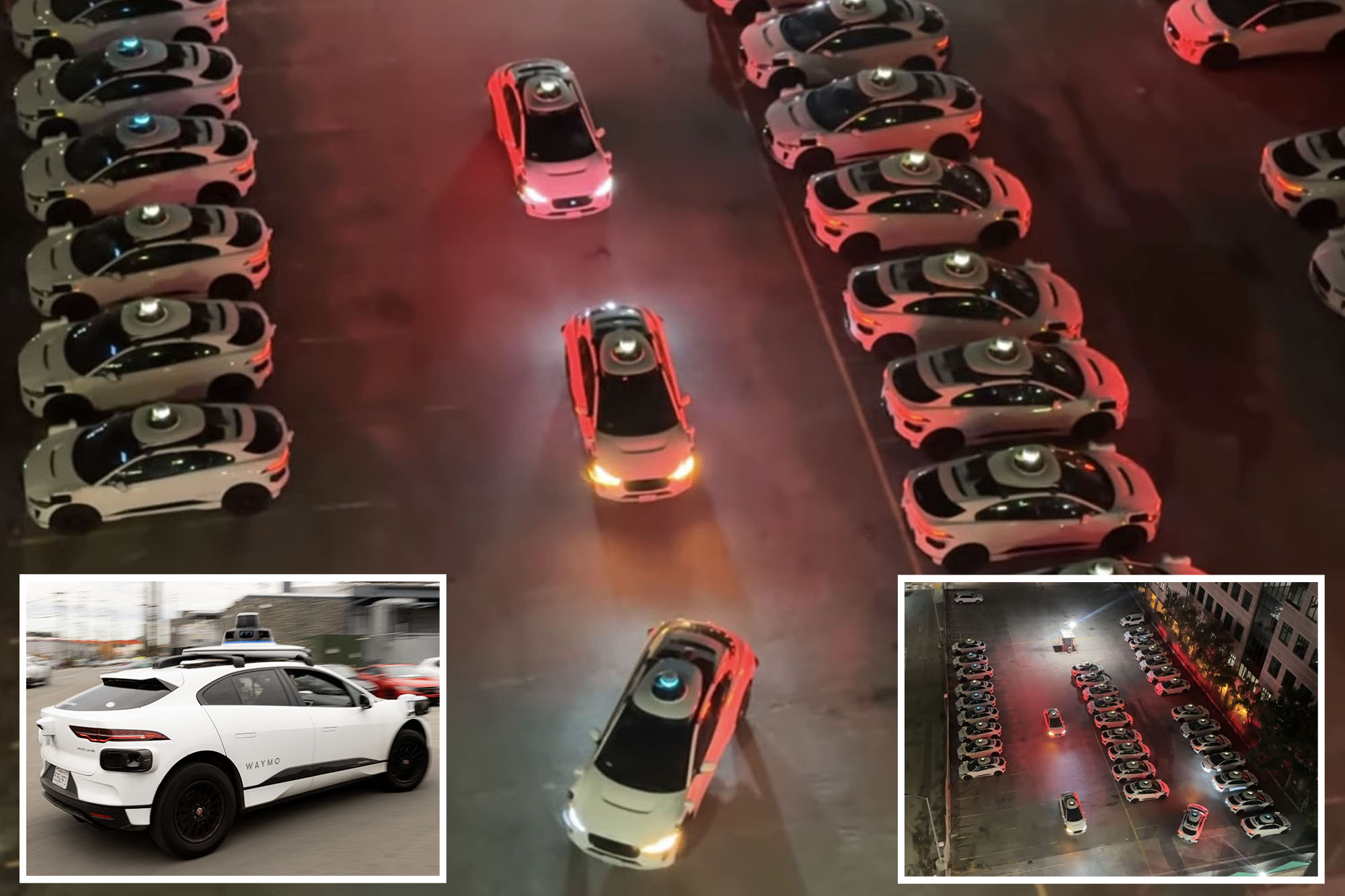
Waymo’s autonomous robotaxis has turned into a nightmare for San Francisco residents — with their sleep interrupted by the sound of vehicle horns for an hour before dawn.
Sophia Tung, a software engineer who lives above a parking lot for driverless taxis, hit out at the Alphabet-owned subsidiary for the unwanted wake-up calls.
“All night I was hearing the boop boop boop of the waymos backing up and pulling in/out,” she wrote on Threads.
“I could barely sleep, I literally heard it in my dreams. Still this morning.”
In a later post on Threads, Tung wrote: “Now there’s traffic already. They’re all honking at each other and getting a little aggressive. The attendant has no idea what to do.”
On Thursday, Tung posted a live feed of the flight decks, titled “When it’s 4am but the roads are getting aggressive in the parking lot.”
The video captured one of the cars honking as it waited to park behind another vehicle that was backing up.
Tung told tech news site The Verge that Waymo vehicles that are done for the day “start migrating back” into the parking lot between 7:00 p.m. and 9:00 p.m. local time Sunday through Thursday, or 11:00 p.m. to midnight on Fridays and Saturdays.
The lot starts filling up “usually…at 4 a.m. or so,” according to Tung.
A Waymo spokesperson told The Post that the company “recently introduced a helpful feature to help avoid low-speed collisions by warning if other cars are getting too close by reversing into us.”
“It’s worked great in the city, but we didn’t anticipate it happening so often in our parking lots,” a company representative told The Post, adding: “We’ve updated the software so our electric vehicles should reduce the noise that our neighbors move forward.”
Waymo, which was officially conceived as the Google Self-Driving Car Project in 2009 before later being renamed to its current name in 2016, began testing its autonomous vehicles with a safety driver present as the robotaxi took to the streets of San Francisco. in August 2019.
In 2021, California regulators allowed Waymo to test cars without a human safety driver.
But San Francisco residents have complained about vehicles stopping suddenly and driving slowly, which they say worsens congestion on city streets.
Other residents noted that Waymo and its competitor, General Motors-owned Cruise, have been involved in numerous crashes and near-crashes, including one that killed a small dog.
Last October, the California Department of Motor Vehicles indefinitely suspended the Cruise robotaxis from San Francisco streets after several complaints that the vehicles were obstructing police and fire officials during emergencies.
The move comes just weeks after a Cruise robot taxi nicknamed “Panini” crashed into a pedestrian, seriously injuring him. The victim had to be extricated from under the robotaxi with the help of the “jaws of life” before being taken to a local hospital.
In May, the federal government announced it was launching a preliminary investigation after the Waymo robotaxi was linked to nearly two dozen traffic incidents.
The National Highway Traffic Safety Administration also announced an investigation into Amazon-owned Zoox earlier this year after two Toyota Highlanders equipped with its self-driving technology were involved in accidents.
The Waymo service is active in several cities in and around the Phoenix metropolitan area while tests and limited service are ongoing in the San Francisco Bay Area.
The service is also available to select riders in Los Angeles through a waiting list. The company said it is preparing operations to offer public rides in Austin later this year.
The navigational robotaxis is either being tested or offering limited service in Phoenix, as well as Seattle and Washington, DC.
By postal wire
#Waymo #robotaxis #wakes #sleeping #San #Fran #residents #honking #parks #4am
Image Source : nypost.com